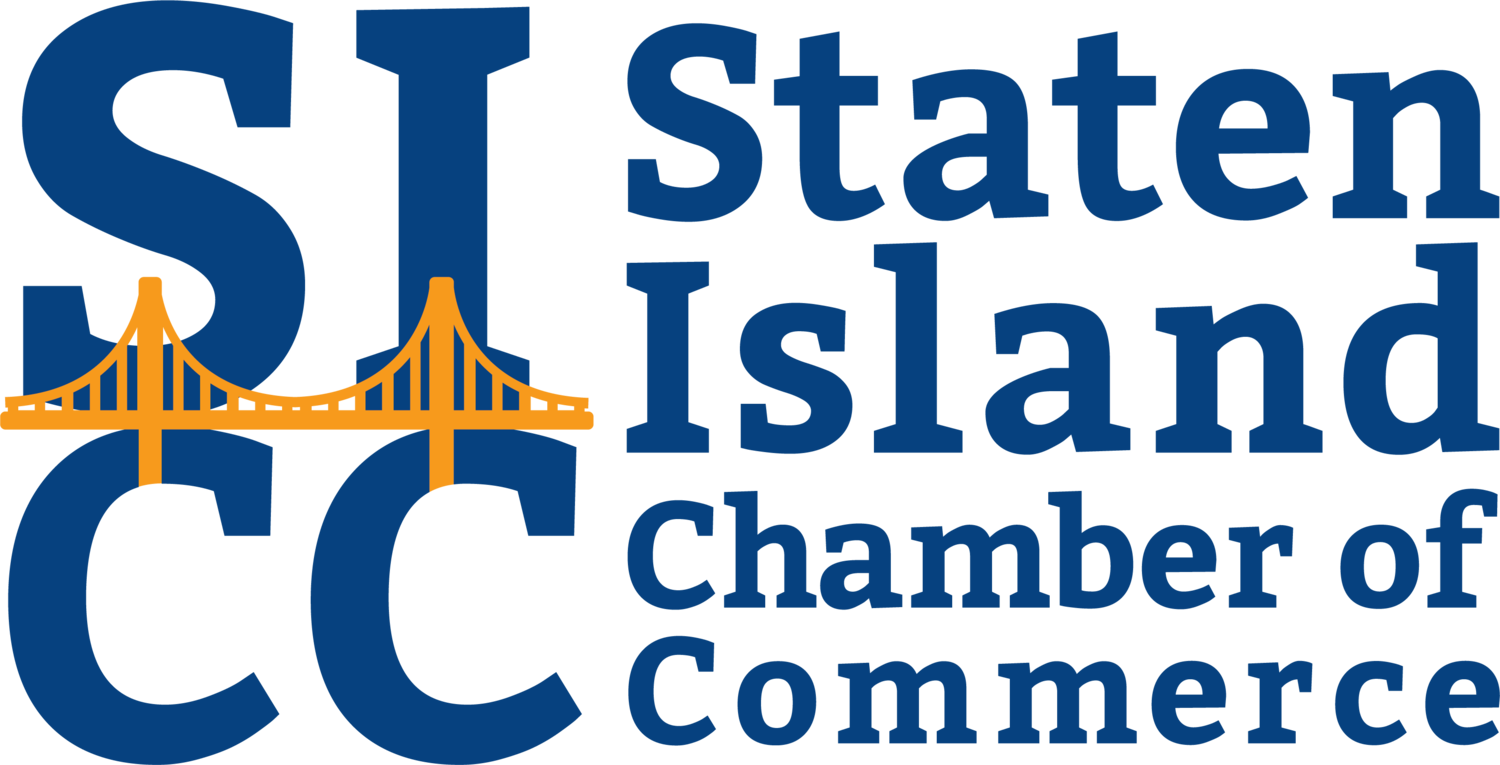Investing in Your Hiring Foundation
By Dan Stevens,
President of DDS Employee Screening Services
Welcome to Part Two of our series. If you haven’t yet read Part One, you can do so by clicking here.
I hope that, by this point, each of you is ready - or will soon be ready - to start hiring again. During this crisis, that in itself is a big accomplishment!
Statistics show that it takes over 50 days from start to finish to hire a quality employee. If you are going to invest that time and money to recruit a reliable, trustworthy, and punctual candidate who you are proud to have represent and help grow your business, you need to have a solid hiring foundation.
First, you’ll need to have these basic parts in place:
A compliant company policy
A compliant interview technique and process
A compliant pre-employment screening process
A training process and procedures
Let’s start with a compliant company policy. What is a compliant company policy, why should you have one and what are some of the things it should include?
A compliant company policy helps foster employee wellness, fair treatment, and to ensure that a company is following laws and regulations. It allows your business standards, requirements and expectations to be known, understood and followed by every employee, and the consequences of not adhering to them. Business policy laws and regulations can vary based on city and state mandates as well as the size of your business. Because the majority of Staten Island businesses are considered “Small Business” (up to 50 employees), your policy will require some planning and organization but will not be overwhelming. For the purposes of this article, I’ll list some policy topics and bullet points that can be detailed and completed in one paragraph or less.
1. Ethics & Conduct.
Dress code
Safety procedures
Harassment policies
Technology use
Discipline
Appropriate behavior
Warnings
Termination
2. Probationary period (I like to include this)
30 to 60-day training period where you can evaluate the employee to determine if they meet your standards of performance and other employment criteria.
3. Compensation and Benefits
Business hours
Employment terms
Wages and salary
Bonuses
Insurance and benefits
Vacations
Sick days
4. Every organization should offer equal opportunity employment to keep employees from facing inappropriate behavior from other workers, management, and contractors regarding the following:
Race
Sexual orientation
Creed
Gender
Cultural beliefs
Religious beliefs
5. Attendance policies are guidelines and rules concerning:
Employee schedules
Adherence to the schedule
Scheduled time off
Absences or tardiness
Consequences for missing work or being late
6. Substance Abuse
Policies on substance abuse can forbid workers from using alcohol, drugs, or tobacco products during work hours, on business property, or at work functions. Many companies have specific guidelines for cigarette use, if employees can smoke on the property at all. Substance abuse guidelines should clarify the steps an employer can take if drug or alcohol use is suspected.
7. Disciplinary Policies, which clarify what constitutes a violation of company rules in instances of:
Dishonesty
Poor performance
Unsafe behavior
Misconduct
Other relevant topics if applicable:
Workplace Safety
Technology – Device use: Phone, Internet, Email
That’s it for today! In the next article, we’ll discuss the next topic: compliant interview techniques and processes.
